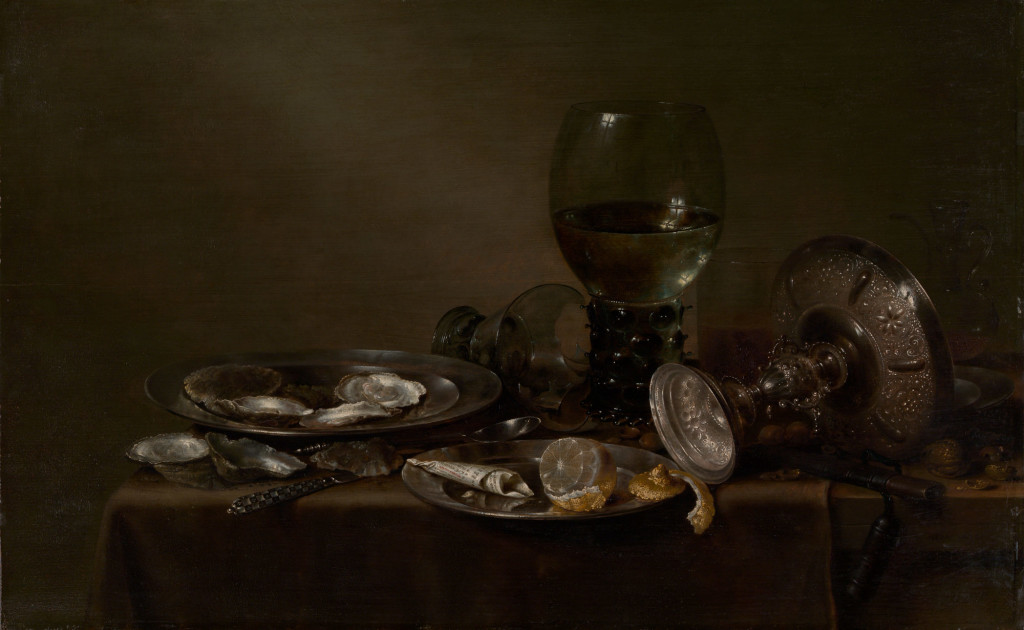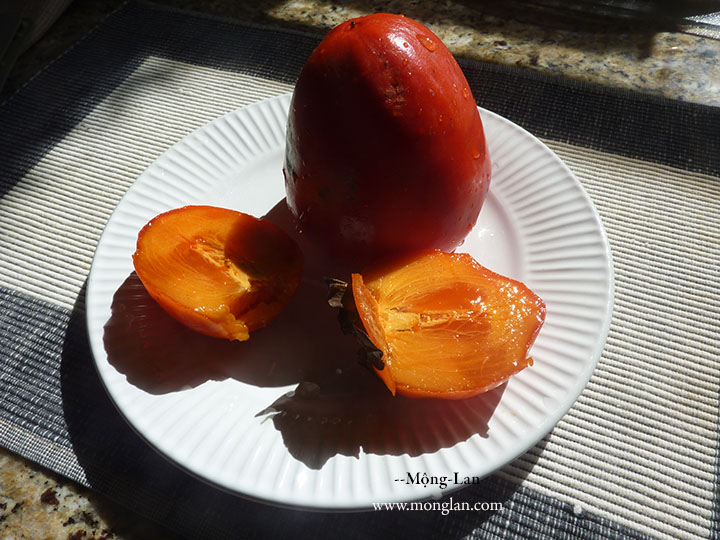what the ethereal eye beholds
in ascension
half moon crescent earth
O media luna
de manteca
my secret sin that i devour whenever
durante las noches sueño de tu cuerpo
tender
feathery body waiting for me
(yet really wanting to forget you)
how easily you break away
into lithe fibers the way i break
away from this life
you melt in my mouth dos ríos
en un desierto
una media luna
crossing une croissante en el cielo
rising when the sun sets
swathed in sublime butter light
delectable crust warm interior fazing into air
del orno
mi boca en tu boca
mis ojos en tus ojos
how easily you give way to your precious inside
how your wings fly
effortlessly
in my favorite café in Buenos Aires you come in threes
cada una delicada como
el rocío de la mañana
each an imperfect half moon
 Internationally known multi-artist, poet, writer, painter, photographer, multi-instrumentalist, composer, singer, dancer and teacher of the Argentine tango, Mộng-Lan left her native Vietnam on the last day of the evacuation of Saigon. Winner of a Pushcart Prize, the Juniper Prize, the Great Lakes Colleges Association’s New Writers Awards for Poetry, she is the author of eight books and chapbooks, the most recent of which is One Thousand Minds Brimming. Other books include Song of the Cicadas; Why is the Edge Always Windy?, Tango, Tangoing: Poems & Art; Tango, Tangueando: Poemas & Dibujos (the bilingual Spanish-English edition); Love Poem to Tofu & Other Poems (poetry & calligraphic art, chapbook); Love Poem to Ginger & Other Poems: poetry & paintings (chapbook); and Force of the Heart: Tango, Art. Mong-Lan’s poetry has been nationally and internationally anthologized to include being in Best American Poetry; The Pushcart Book of Poetry: Best Poems from 30 Years of the Pushcart Prize; Asian American Poetry: the Next Generation; Language for a New Century: Contemporary Poetry from the Middle East, Asia, and Beyond (Norton); and has appeared in leading American literary journals. A Stegner Fellow at Stanford University and a Fulbright Scholar in Vietnam, she received her Master of Fine Arts from the University of Arizona. Her most recent poetry & jazz piano album, Dreaming Orchid: Poetry & Jazz Piano was just released. Visit: http://www.monglan.com
Internationally known multi-artist, poet, writer, painter, photographer, multi-instrumentalist, composer, singer, dancer and teacher of the Argentine tango, Mộng-Lan left her native Vietnam on the last day of the evacuation of Saigon. Winner of a Pushcart Prize, the Juniper Prize, the Great Lakes Colleges Association’s New Writers Awards for Poetry, she is the author of eight books and chapbooks, the most recent of which is One Thousand Minds Brimming. Other books include Song of the Cicadas; Why is the Edge Always Windy?, Tango, Tangoing: Poems & Art; Tango, Tangueando: Poemas & Dibujos (the bilingual Spanish-English edition); Love Poem to Tofu & Other Poems (poetry & calligraphic art, chapbook); Love Poem to Ginger & Other Poems: poetry & paintings (chapbook); and Force of the Heart: Tango, Art. Mong-Lan’s poetry has been nationally and internationally anthologized to include being in Best American Poetry; The Pushcart Book of Poetry: Best Poems from 30 Years of the Pushcart Prize; Asian American Poetry: the Next Generation; Language for a New Century: Contemporary Poetry from the Middle East, Asia, and Beyond (Norton); and has appeared in leading American literary journals. A Stegner Fellow at Stanford University and a Fulbright Scholar in Vietnam, she received her Master of Fine Arts from the University of Arizona. Her most recent poetry & jazz piano album, Dreaming Orchid: Poetry & Jazz Piano was just released. Visit: http://www.monglan.com
featured image via Phoenix Wolf-Ray on Flickr.





